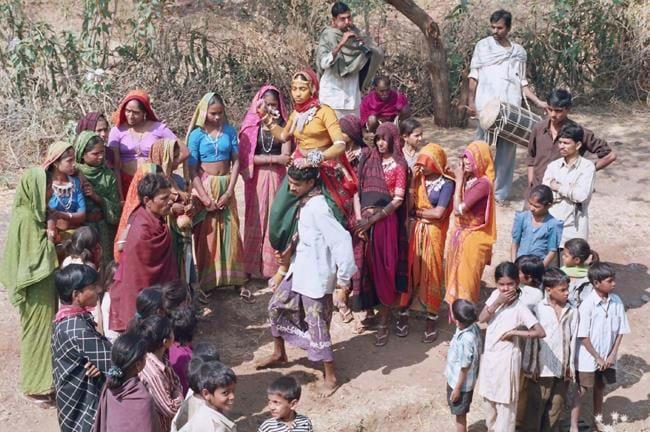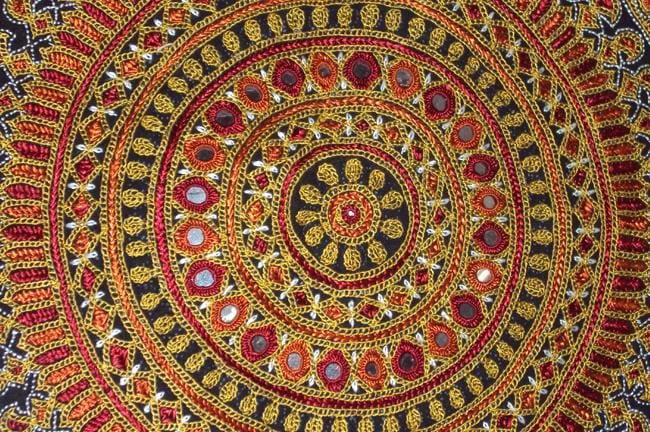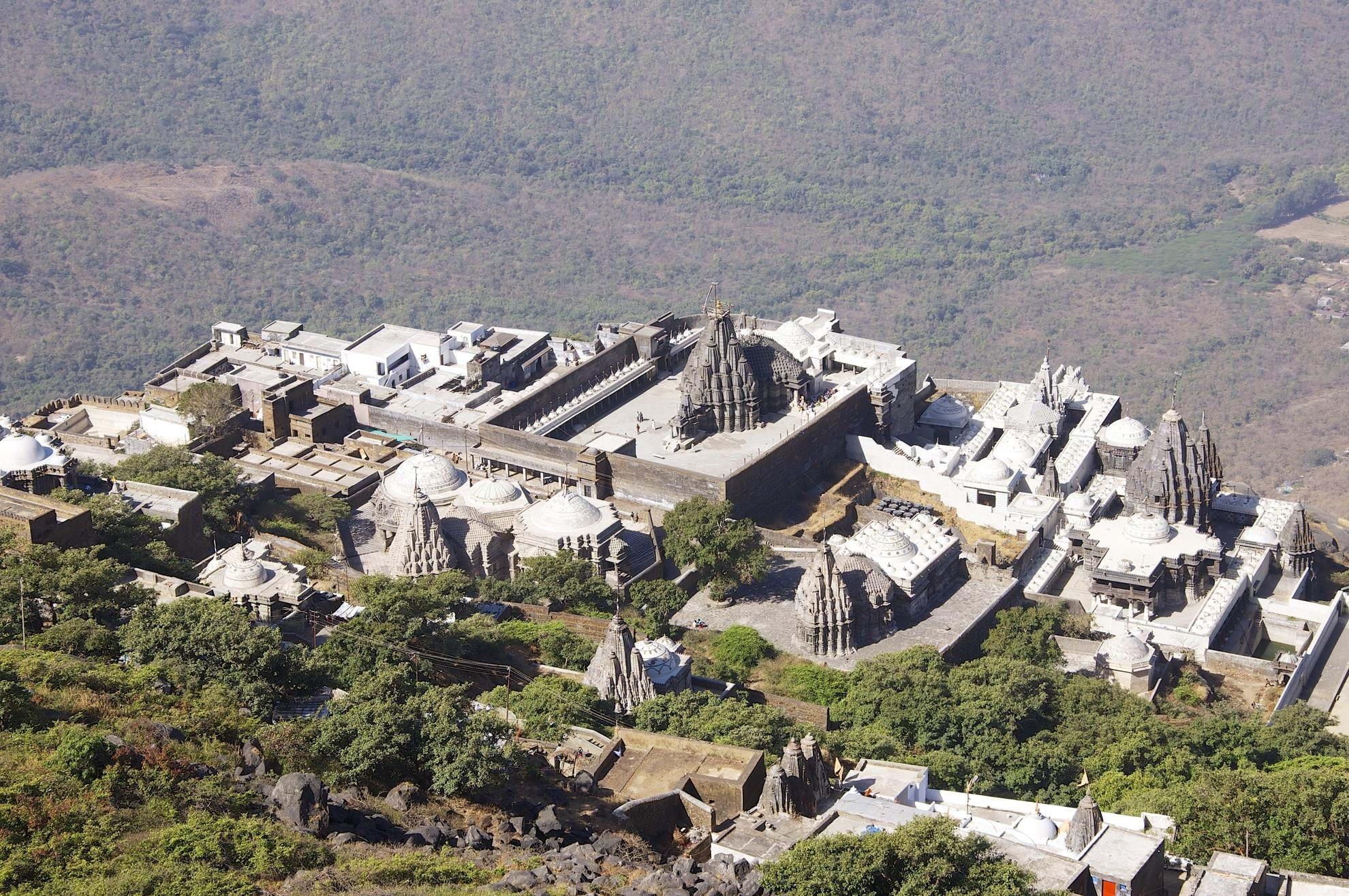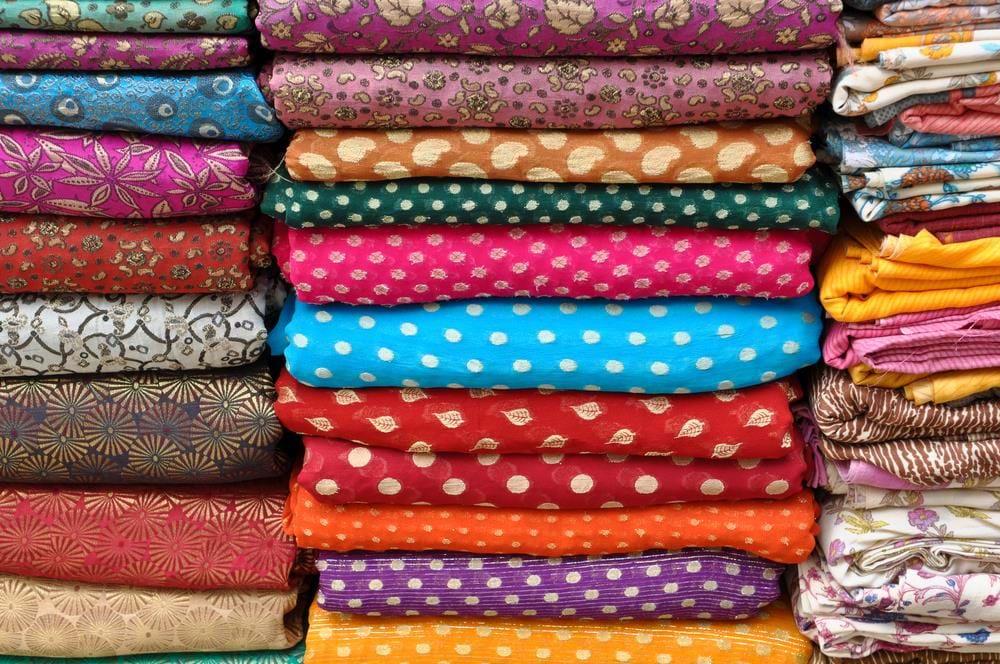India 08.05.2018 Updated: XYZ
Traditional ways of life are fast disappearing across India, but in the arid west of Gujarat, they’re proving more tenacious. Travelling across the arid flatlands of Kutch, for example, you’ll still encounter families of nomadic Rabari herders following their flocks, dressed in elaborately embroidered or tie-dyed veils, long, pleated skirts shot through with gold thread, and heavy silver and bone bangles stacked up their arms, while the men wear bulky turbans, handlebar moustaches and old-style cotton pyjamas gathered at the ankles.
Such attire is not so much a matter of personal style, as part of the complex language of caste, religion and community in remote areas. For local people, the way a man ties his turban, the tattoos on a woman’s forehead, the designs adorning a headscarf or motifs on a camel-leather shoe may reveal not just whether a person is Hindu or Muslim, but which specific district or village they come from and what their occupation is. For historians and anthropologists, the outfits also carry the imprint of a community’s distant origins, revealing connections with Persia, Sind or Baluchistan.
Tribes and Castes
Quite when, and why, the many and varied ethnic groups present in Kutch today first crossed the great salt flats, or Ranns, surrounding the peninsula is a subject of much debate. What’s more certain is that they were attracted by the benevolent regime of the local rulers, the Maharaos of Bhuj, and the prosperity that flowed through the region, which in past centuries lay on major trade routes.
The various groups, or ‘tribes’ as they’re often referred to, brought with them a great spectrum of art and crafts traditions – most visible in their respective styles of dress, but also in the way they built their houses, adorned their animals and furniture, and in their respective customs.
An astonishing wealth of these survive today, although modern life is bringing about rapid changes, particularly to the nomadic herders, whose traditional grazing pathways across central India are becoming fenced off, forcing many on the margins of cities.
Some 45 different ‘tribes’ are officially recognized in Kutch. In practise, each of these has several sub-castes, each with its own styles of dress, which vary according to region. Among the most numerous are the Gharasia Jats, a Muslim cattle-breeding caste descended from Baluch tribes of the Indus Delta in Sind, Pakistan. The Krishna-worshipping Ahirs, of which there are five sub-castes in Kutch, are also cow herders that once sold milk and ghee but who have since diversified into other businesses such as salt transport.
More widespread are members of the lowest castes, or Harijans, traditionally leather workers from Marwar in Rajasthan. Harijan women wear some of the most eye-catching, colourful and elaborate costumes, often borrowing patterns and motifs from their Muslim neighbours.

Textiles
For anyone interested in textiles, Kutch is a wonderland. In most villages women of all ages spend much of their days sewing, weaving and doing embroidery – to make clothes for themselves and their families, to provide pieces for a bridal trousseaux or temple festivals, or to create items for sale.
Numerous villages around Bhuj are well set up to receive visitors, and sitting on a shady veranda, sipping hot tea while the women unfurl intricately embroidered bedspreads, patchwork quilts and applique panels is a great way to shop and meet local people. As well as embroidery, you’ll also be shown fine tie-dye and mirror-inlay work.
These amazing designs differ greatly between the various groups. Creating them requires years of practise and painstaking attention to detail – the geometric patterns are counted on the warp and weft of the cloth, and sewn using silk thread worked from the back. Such labour can take its toll on a woman’s eyesight. Ladies are usually unable to embroider into middle age, when they progress to patchwork, which is easier to stitch.

Bhungas
The Kutchi Tribal peoples’ love of adornment extends to their homes too. In the Banni grasslands lining the great Ranns, the exteriors of thathced Bhunga round houses are covered with colourful murals, while the insides harbour elaborate panels of mud-work, painted while and inlaid with hundreds of glinting mirrors. The technique is used to create beautiful surrounds for alcoves and shelves.






